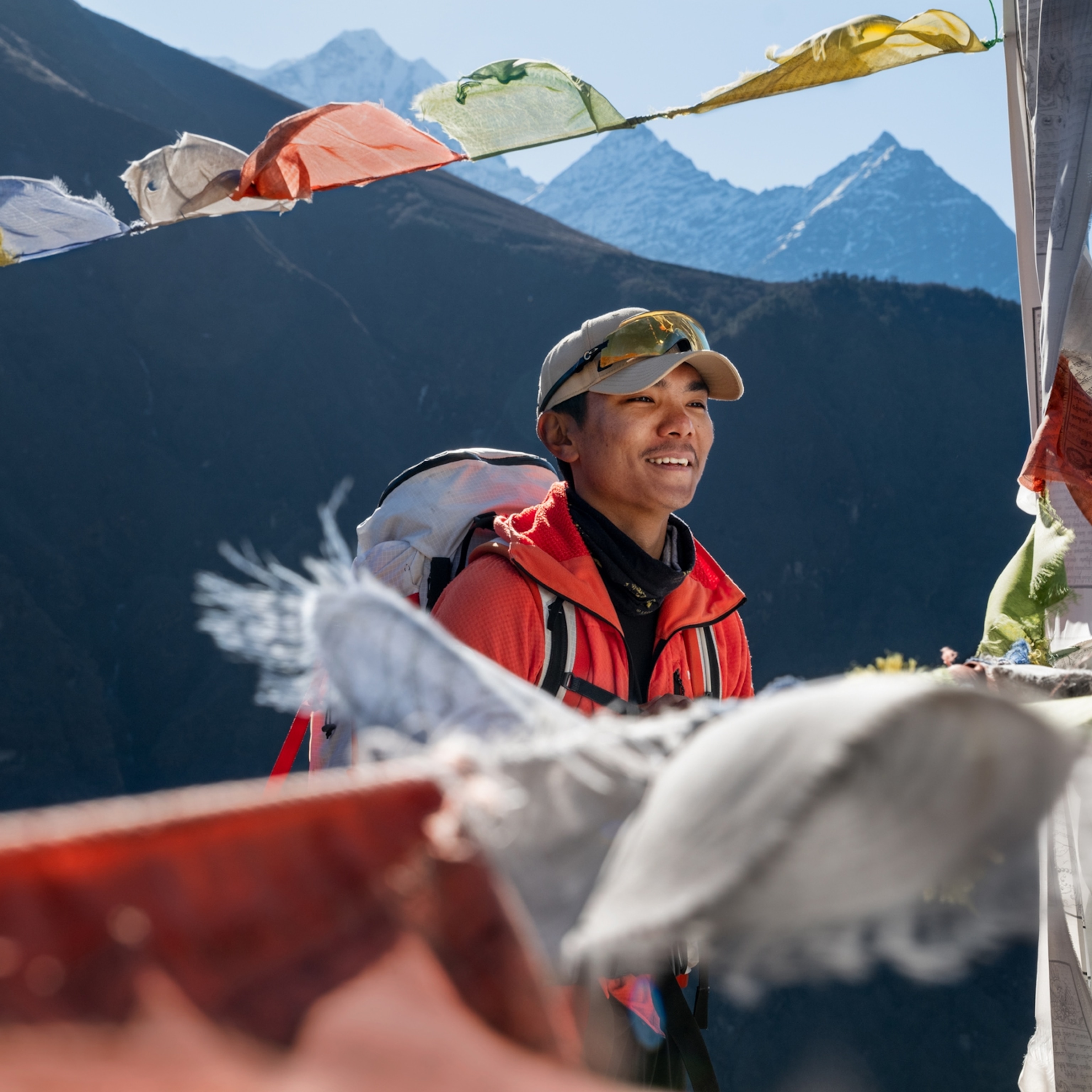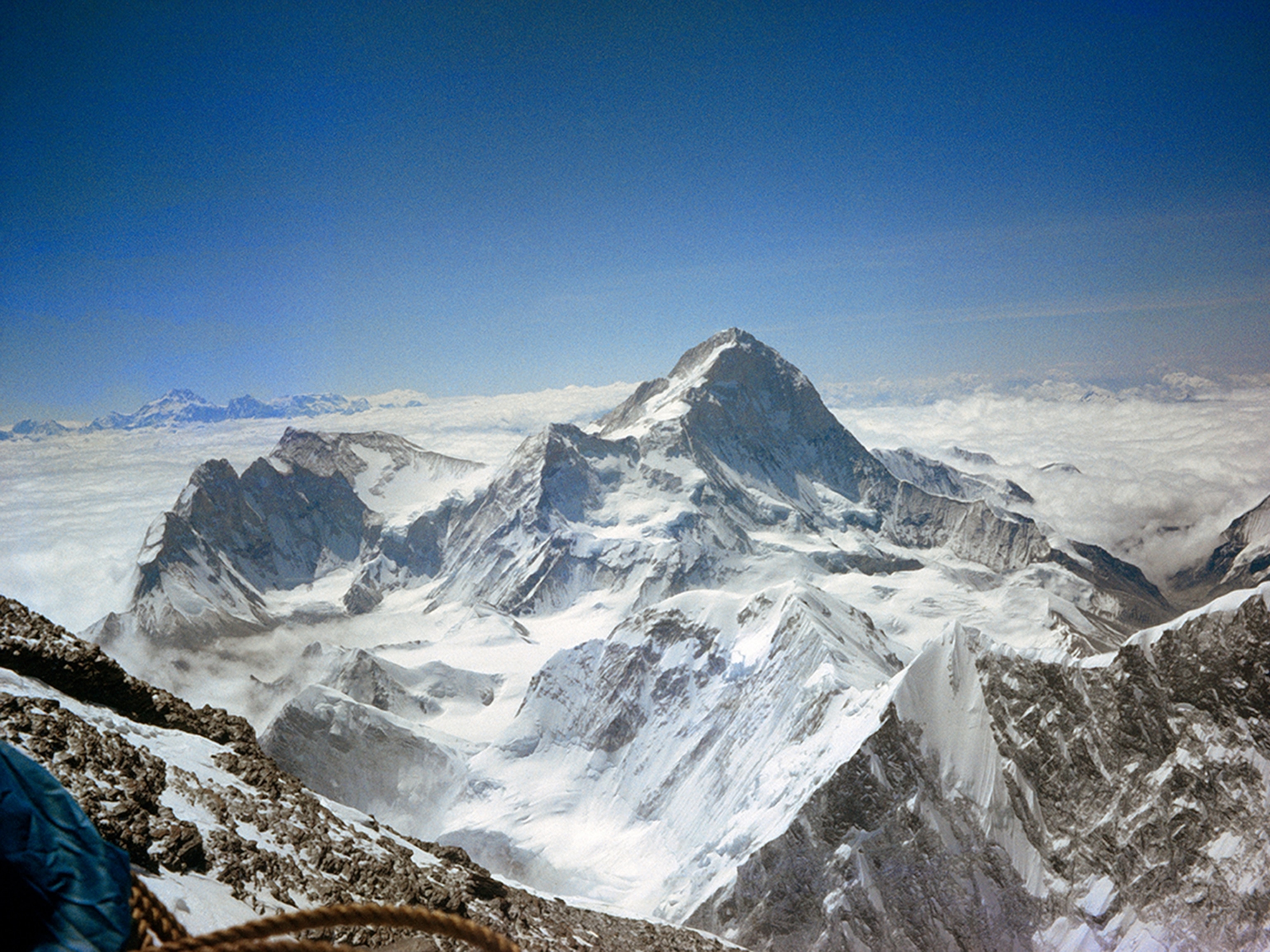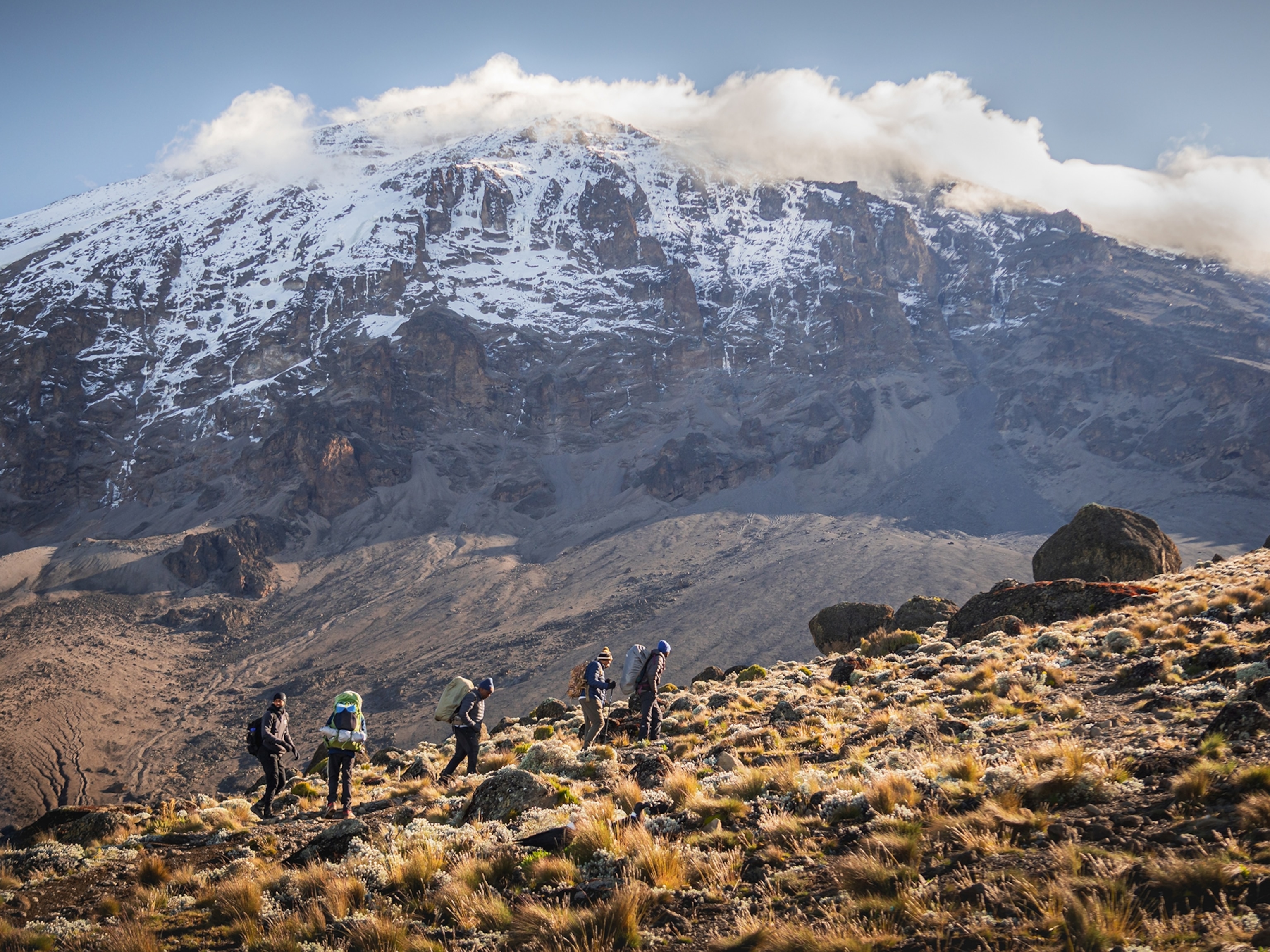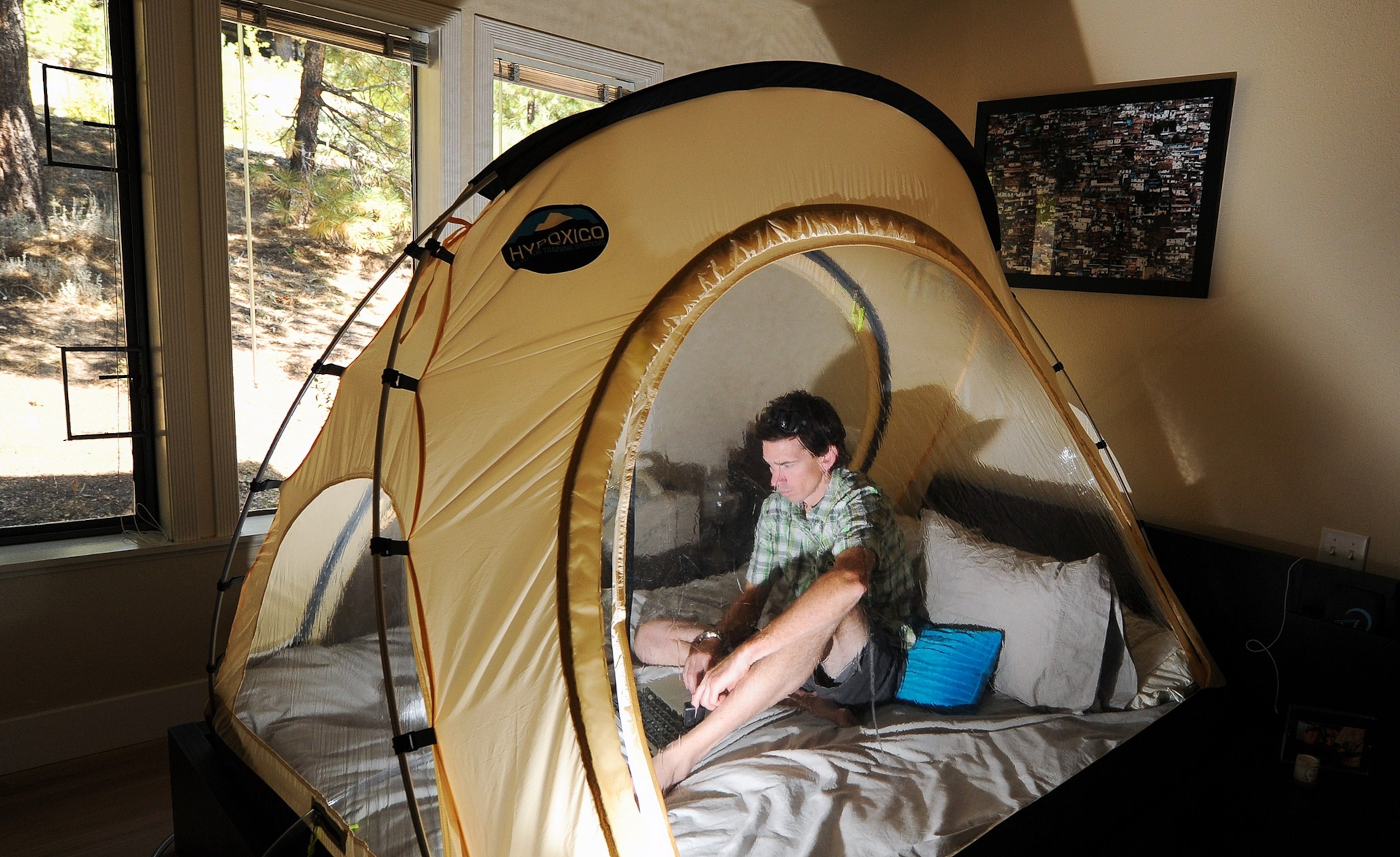
New Recipe for Conquering Everest: Rethinking Methods, Route
A veteran guide focuses on pre-climb training and the Tibetan side of the mountain.
Let’s be honest: no one really “conquers” the world’s tallest mountain. But in the 62 years since Edmund Hillary and Tenzing Norgay became the first humans to stand on its summit, mountaineers have experimented endlessly with training and climbing techniques and gear innovations to help them overcome the mountain’s sub-freezing temperatures, hurricane-force winds, and whisper-thin air.
With safety concerns dominating this year’s climbing season after last year’s tragic avalanche, veteran Himalayan guide Adrian Ballinger is further tweaking some of the conventional strategies to prepare his clients for the harsh conditions and safely bringing them to the summit and back down.
One of the key factors in a climber’s success or failure is oxygen—or the lack thereof. Even near the foot of the mountain—at 17,000-foot Base Camp—there is only half the oxygen available at sea level. But the stretch where the deficit matters most begins at around 26,000-feet and extends to the 29,035-foot summit. Known to climbers as the Death Zone, it holds roughly one-third the amount of oxygen at sea level. Humans can only remain at this altitude for a few days before normal body processes begin to shut down.
If you’re going to use oxygen, use it. Make it make a difference.Adrian Ballinger, Himalayan guide
To prepare for this part of the expedition, climbers traditionally have spent several weeks moving up and down the mountain to allow their bodies to gradually acclimatize to the various altitudes. Depending on the person, this process can add a month or more to an Everest expedition.
Ballinger, the British founder of Alpenglow Expeditions, is ditching this time-honored method in favor of a training device used by elite athletes—the hypoxic tent.
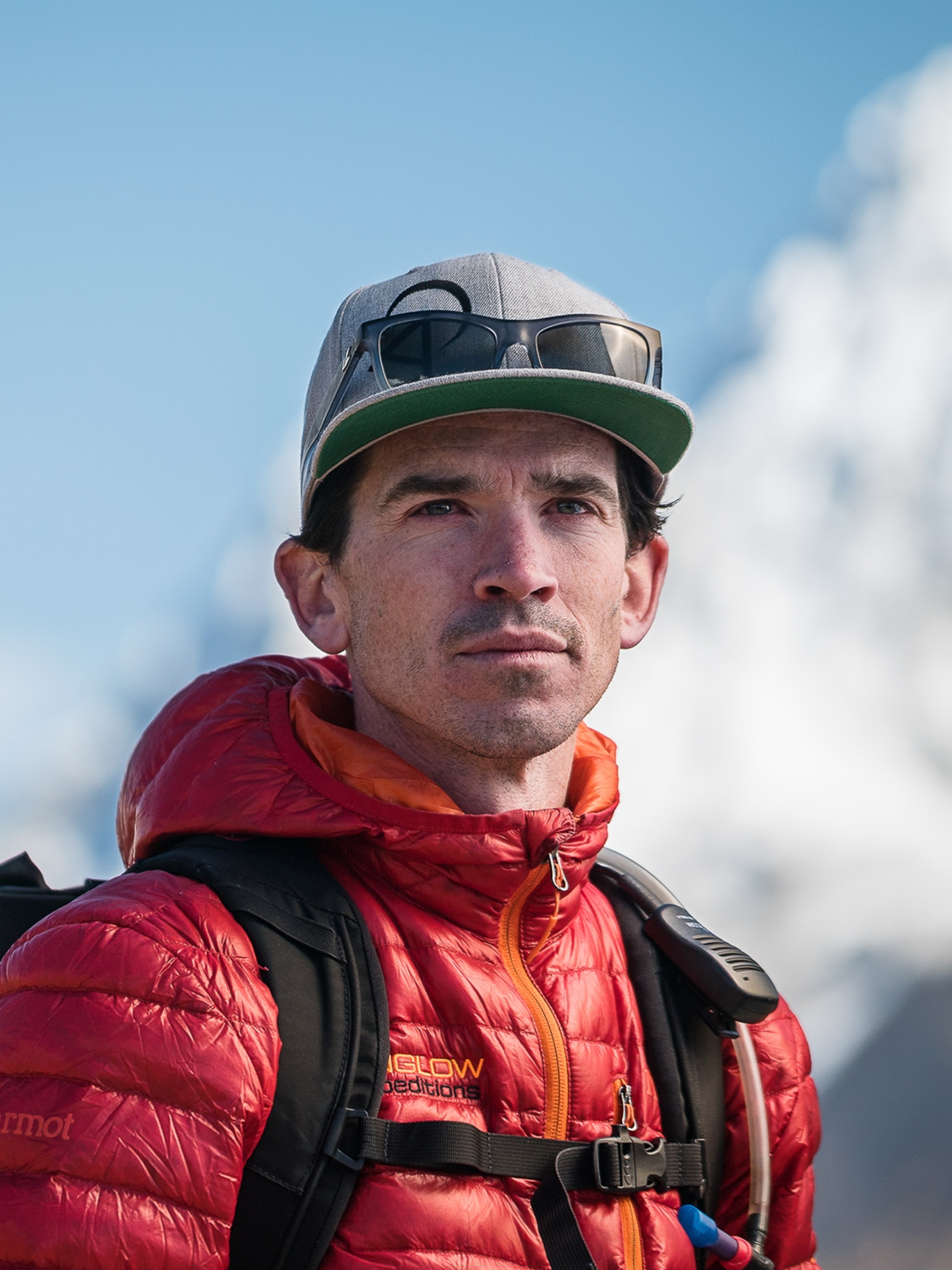
Eight weeks before departing for Everest, he sends each of his clients a hypoxic tent (also known as altitude tent), which simulates the effects of the mountain’s thin air. The climber sleep inside the tents—set up over their beds—and each week the amount of oxygen is reduced, mimicking the oxygen-starved environment they will face on the mountain.
“Our climbers arrive on Everest pre-acclimatized to about 18,000 feet (5,500 meters),” says Ballinger.
Hypoxic training has been commonplace for elite endurance athletes for more than two decades. Depriving the body of oxygen forces physiological adaptations. The kidneys react by secreting a hormone called erythropoietin—that’s right, EPO, the infamous blood-doping drug associated with the Tour de France, horse racing, and other endurance sports. But this EPO is naturally created by the body to stimulate production of extra red blood cells, which transport oxygen to the muscles. More red blood cells mean more oxygen to the muscles.
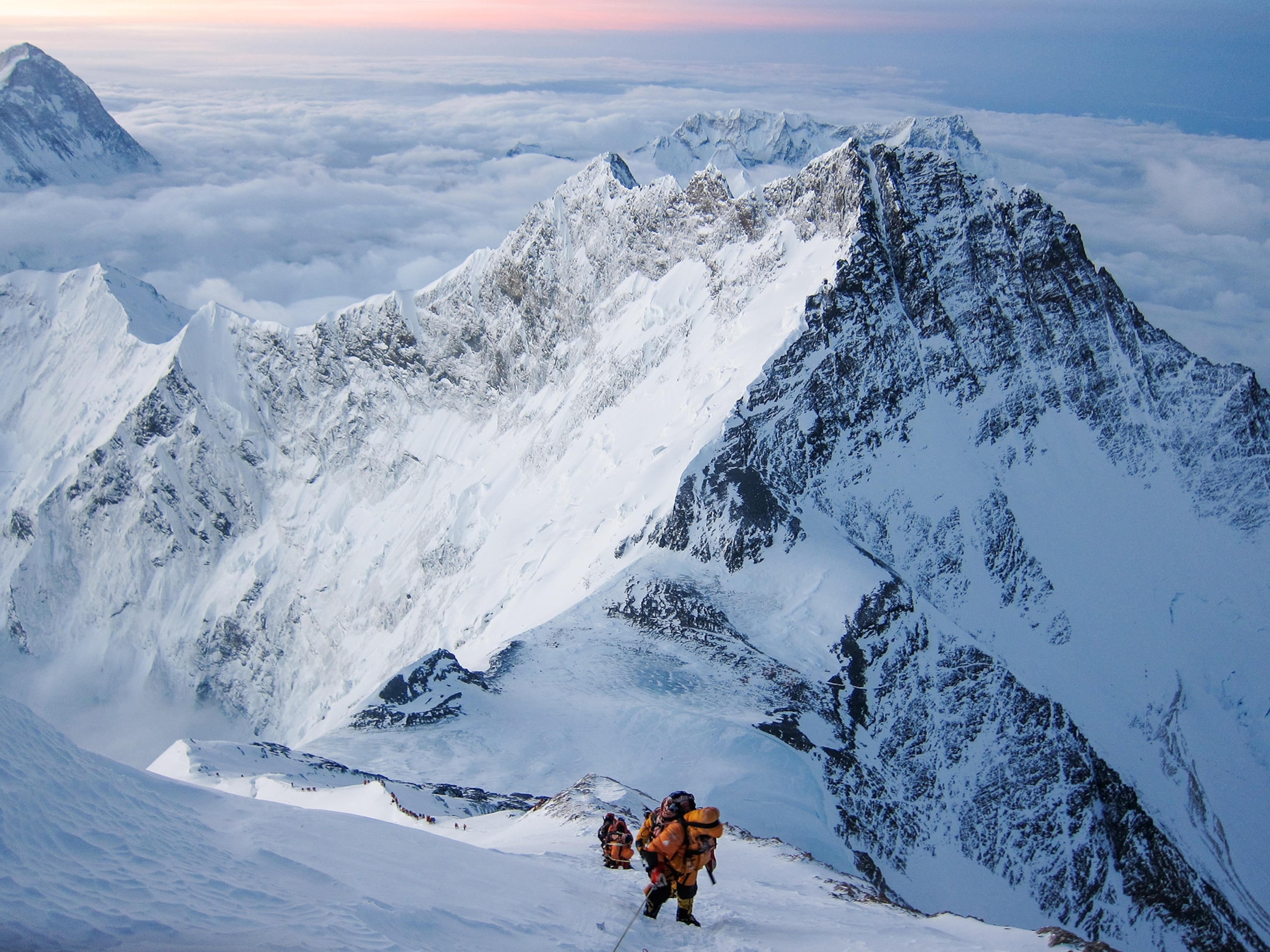
Norway’s legendary cross-country skiing champion Bjorn Daehlie, winner of eight Olympic gold medals, purportedly had his own oxygen-deprivation RV, which he drove from race to race. Olympic swimmer Michael Phelps has described using a high-altitude sleep chamber to prepare for the London Olympics, and athletes from a range of other sports, from World Cup soccer players to MMA fighters to members of NFL and NBA teams, are also using oxygen-starving tents. Several years ago, I used a hypoxic tent to prepare for climbing Alaska’s 20,321-foot (6,194-meter) Denali.
Ballinger, who has summited Everest six times, knows that one of the biggest problems for potential Everest clients is taking long periods of time away from their businesses and families. By cutting three to five weeks from the acclimatization period, Ballinger reduces the standard expedition to 40 days, down from 60 to 75.
More Bottled Oxygen
But hypoxic tents aren’t the only innovations Ballinger is bringing to Everest. On the mountain itself, he is doubling the amount of oxygen most climbers typically use. On the south side, most climbers start using oxygen at Camp 3, around 24,000 feet (7,300-meters). While sleeping, they breathe on a half-liter per minute flow during the night, and climb on a two-liter per minute flow during the day.
“These small amounts are a holdover from the old days when climbers were only using oxygen on the summit day,” says Ballinger. “If you’re going to use oxygen, use it. Make it make a difference.”
Alpenglow clients will start using oxygen at 23,000 feet, sleeping on a one-liter per minute flow and moving on a four-liter per minute flow.
“All clients are allotted nine bottles of oxygen,” says Ballinger, which covers the final two-day push to the summit. Sherpas, naturally, will be the ones humping the oxygen up the mountain.
“Our clients lose less muscle mass and are therefore more prepared to attempt the summit,” says Ballinger, sounding as much like a sports coach as a mountain guide.
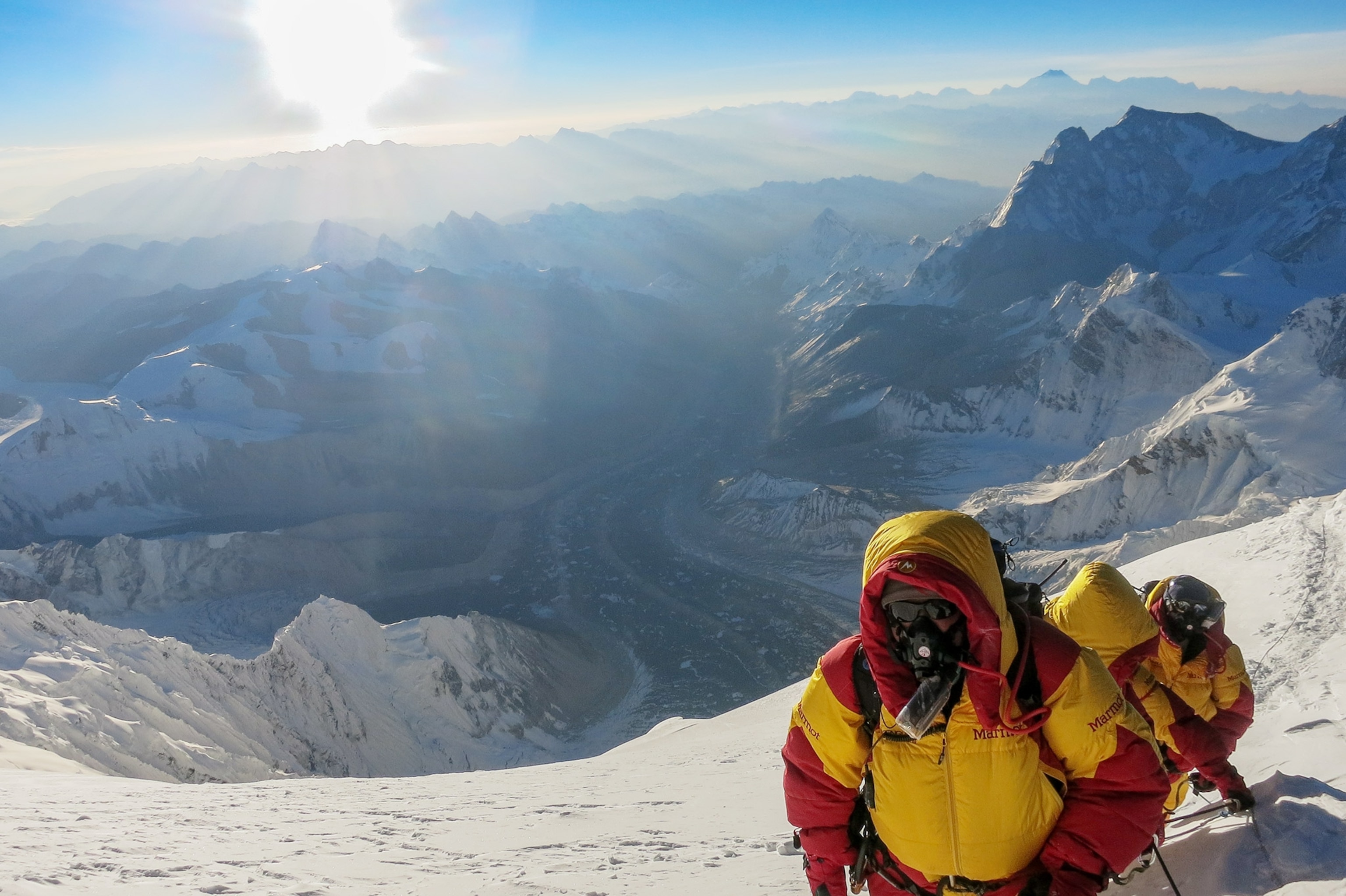
A Less Risky Route
At the root of his decision to embrace these techniques, he says, is safety. And perhaps the most important change he’s making to his expedition this year is moving his operations across the border, to the north side of the mountain, in Tibet, which he says is a reaction to last year’s avalanche that killed 16 Nepalese high-altitude porters.
“If it weren’t on the standard route up the highest mountain on earth, no climber in their right mind would cross through the Khumbu Icefall,” says Ballinger, referring to a dangerous field of unstable ice formations and crevasses that must be traversed on the southeast ridge route.
All of the early attempts to summit the mountain, in the 1920s and 30s, were made from the north. Legendary Everest pioneer George Mallory himself declared the icefall too dangerous to cross. But after Hillary and Norgay successfully navigated it as part of their route up the Southeast Ridge in 1953, it became the default route up Everest.
If it weren’t on the standard route up the highest mountain on earth, no climber in their right mind would cross through the Khumbu Icefall.Adrian Ballinger
Seven years later, a Chinese team established the North Col route, and over the following decades it proved to be a safer line than the Southeast Ridge. According to the Himalayan Database, which tracks mountain deaths, from 1970-2014, the north side of Everest was 2.7 times safer for high-altitude porters than the south side—in other words, for every one Sherpa that died on the north side, almost three died on the south side. Despite the fact that the route to the summit via the North Col route puts climbers and Sherpas in the Death Zone longer than on the Southeast Ridge, the total number of risks are lower.
Despite all the press that the Nepal side of Everest receives every year, in 2005, 2006, and 2007, more people summited Everest from the north than from the south. But then in 2008, the Chinese decided to cancel all expeditions on the north side because they were carrying the Olympic torch to the top of Everest. Operators lost hundreds of thousands of dollars, and the following season, many decamped back to Nepal.
Alpenglow has set higher standards of its clients’ mountaineering experience as well. To join an Alpenglow Everest expedition, a client must have already completed another 8,000-meter expedition. And Ballinger doesn’t believe in setting up a luxury camp halfway up the mountain, like Camp 2 on the south side, reputed for its chairs and tables, espresso machines, and heated carpets. “That just means Sherpas haul a lot of unnecessary crap up onto the mountain,” says Ballinger. “We have a luxurious base camp, but up on the mountain, you share a two-man tent and cook for yourself.”
All of which means that climbing Everest with Alpenglow is not cheap at $79,000 per person, nearly $30,000 more than the average Everest climber pays. Nonetheless, Ballinger has six clients for this spring season and expects to increase the number in 2016.

